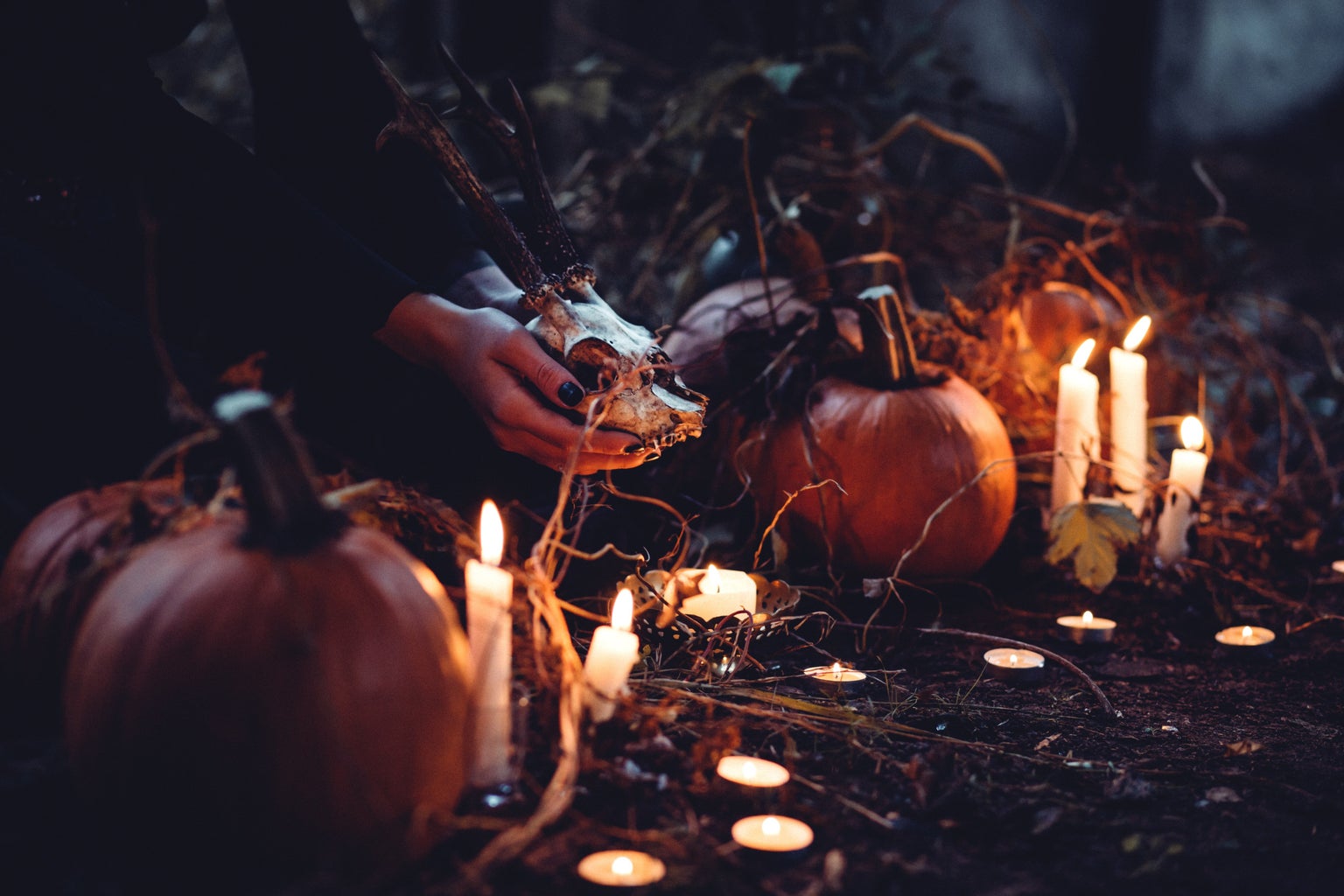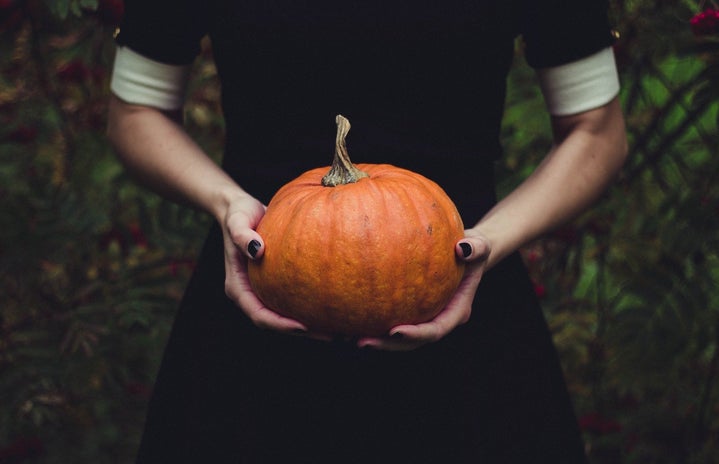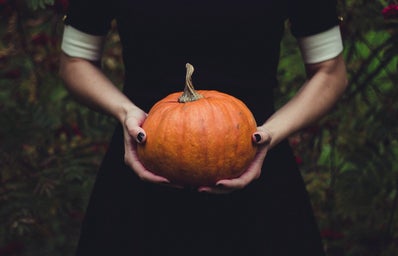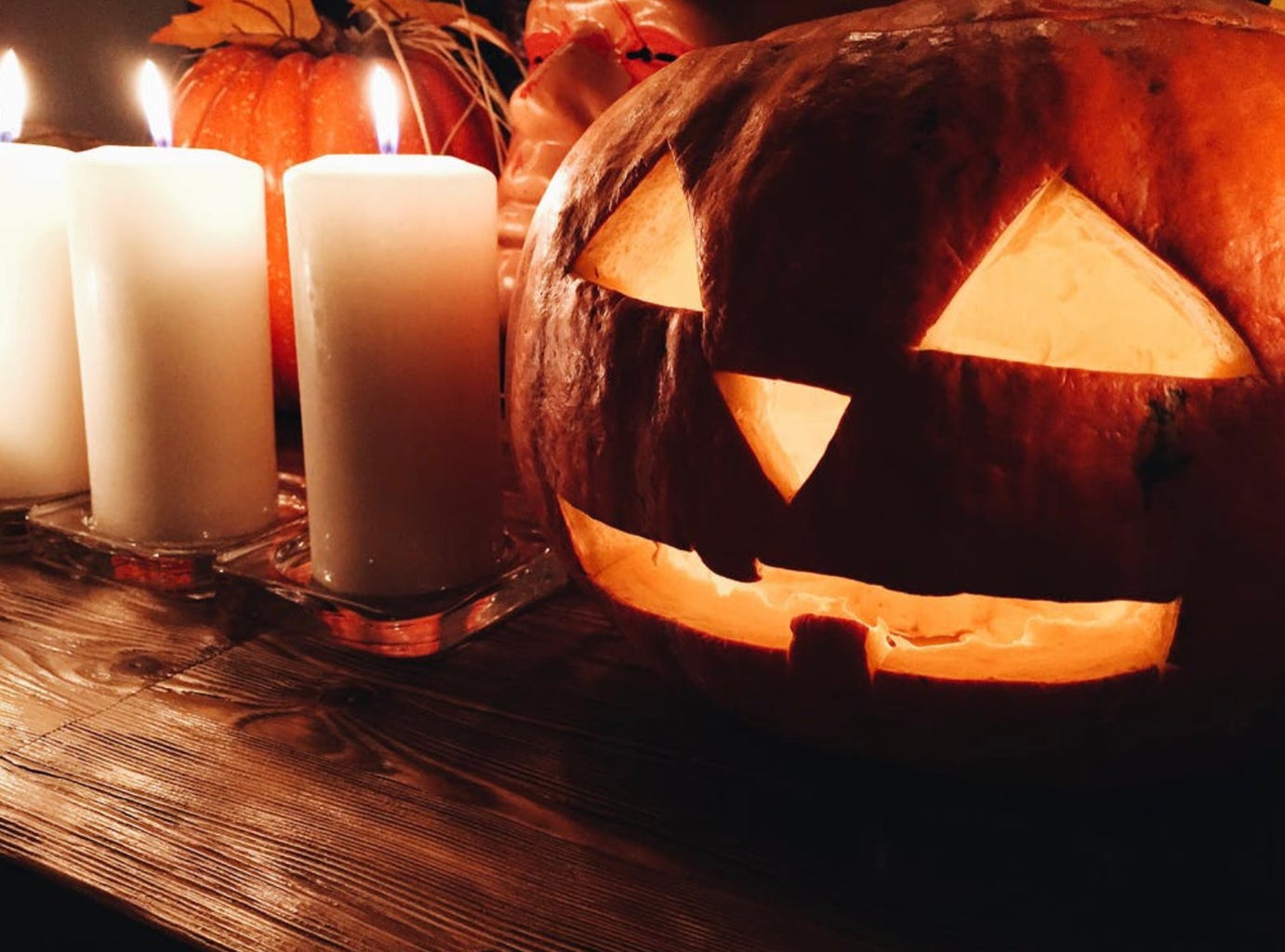Halloween is one of the oldest celebrations in Western culture, with deep roots snaking back long before the rise of Christianity and into the pagan days of the British Isles. Beginning as a festival to mark the end of summer and harvesttime, Halloween has its roots in Samhain, a Gaelic festival that marked the passage into the darker half of the year. The links to this mystical Celtic festival have been altered over the years as Catholicism adopted it as part of Allhallowtide, but they’ve never been completely lost.
Even in broadly Catholic and Christian cultures today, Halloween still maintains its association with the thinning of the veil between life and death, making it the perfect day to reconnect with ancestors, commune with the spirits and predict the future. In America today, you’re more likely to associate Halloween with trick-or-treaters, candy and costumes than divination, but that doesn’t mean we have to forget the parlor games and dalliances with magic that entertained generations of our ancestors. Luckily for us, I have a penchant for reading period sources about culture and entertainment from the Victorian era and jotting down the recipes, traditions and quirks of history I find within. Here are four of my favorite Halloween traditions I discovered while researching one of my favorite holidays.

- Halloween Bonfire
-
Perhaps one of the oldest traditions is the building of a bonfire to mark the holiday, a practice that flourished in Ireland. Some believed the fires had the power to scare away evil spirits that walked the earth on Samhain, while others believed they’d guide spirits to a household; either way, they served as a gathering place for games, food and general revelry. And with the added benefit of being outdoors, a cozy campfire might be the perfect socially-distanced alternative to a Halloween party this year.
- The Ring Cake (or Barmbrack)
-
This tradition is similar to the King Cake of Mardi Gras; a number of objects are hidden in a cake, often wrapped in parchment or foil, which will foretell the future of the lucky party guest to eat the slice containing the item. Traditionally, this was done with Barmbrack, an Irish fruitcake eaten around Halloween, though in 19th-century American sources, I found the same tradition being practiced with any kind of cake one would like. The most traditional item is a simple ring, which promises marriage within the year to whoever receives it. Other common items included a thimble (spinsterhood), a coin (wealth), and a piece of cloth (poverty).
- Three Luggies (or Three Dishes)
-
In this game, three bowls are placed in a row: one containing plain water, one with soapy or “milky” water, and the other empty. The participant is blindfolded and the dishes are rearranged to hide which is which. The player then puts their left hand into a dish. If they dip their hand in the soapy water, she will marry a widower; the clear water, a bachelor; the empty bowl, no one at all (are we noticing a pattern with old-timey games and their obsession with marriage?). The game is played three times, and whichever bowl is chosen twice is the valid prediction.
- Roasting Nuts
-
This game was meant to predict which friendships and relationships would last. Two nuts, such as hazelnuts or walnuts, were each named for the player and whoever the other party in the relationship was. The nuts were then placed next to one another on a fire. If the nuts burn quietly together, the friendship will last; if they burst and fly apart, the relationship is doomed to fall apart. This game was so widely practiced that the 31st of October acquired the nickname of “Nut-crack Night” throughout much of the British Isles. Whether or not you have a roaring fire going, fall is still the perfect time to toast up some delicious nutty desserts like roasted caramelized almonds or gooey pralines.
This list is only a peek into Halloween lore and superstition, so if the topic strikes your interest, I highly encourage you to read the sources listed below for yourself!
William Hone, The Every-day Book (1825)
Ruth Edna Kelley, The book of Hallowe’en (1919)
Happy Haunting!




